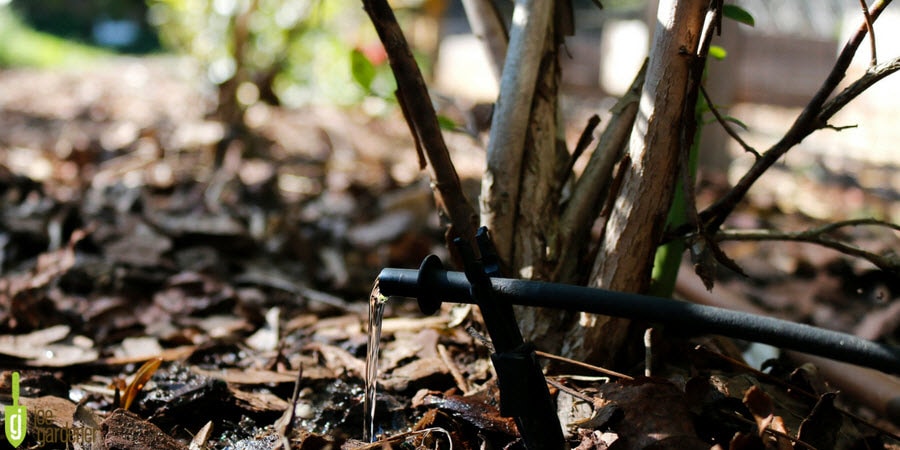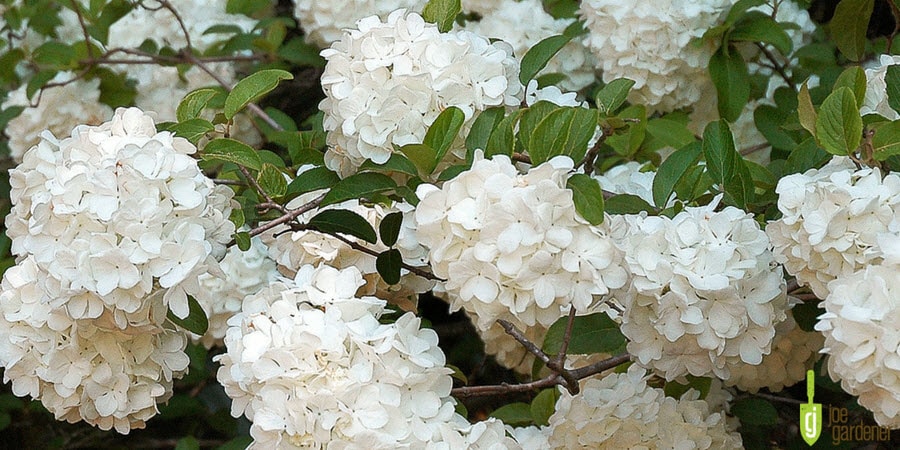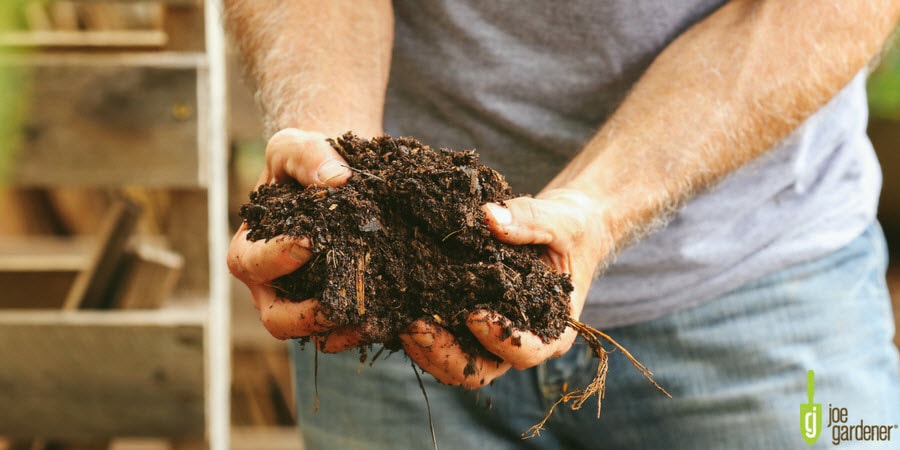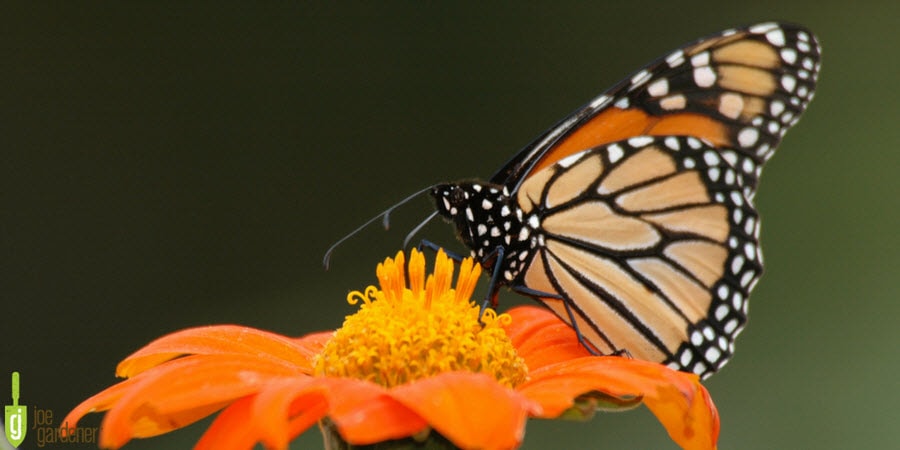Top 5 Common Garden Mistakes
- Gardening Expert and Host of Growing a Greener World®July 28, 2018
When you think about it, gardening is as much about making mistakes as it is about celebrating the wins. Garden mistakes challenge us, push us to do better and teach us lessons we utilize for years to come. I ought to know - I’ve made my fair share of them over the years.
There are, however, some common mistakes that I have seen weekend warriors make again and again during my travels across the country and beyond, viewing other gardens during filming for Growing a Greener World. I love those opportunities to meet with other gardeners to discuss progress, milestones, and heartbreak. Yet far too often, I’ve seen well-intentioned gardeners miss the mark on some basic fundamental principles. Here is a list of what I see as the top 5 most commonly-made mistakes, so you can avoid these errors in your landscape.
Take a word of advice from this seasoned gardener and avoid the following:
Poor Water Management
This planet of ours is covered with water, but only a minuscule amount - 1% - is available as pure, clean water for use by the entire world population. Consider this: Between 1950 and 1980 - while the world’s population doubled - the demand on clean water tripled! It’s a finite resource, and we’re using it an unsustainable rate.

Wise water management saves you time, improves the vigor of your plants, reduces weed and pest issues, and reduces your water and energy bills - all while caring for our planet too. What’s not to love about that? When it benefits your garden and reduces demand on a precious resource, why wouldn’t you water wisely?
Often gardeners water too much or during the heat of the day, increasing evaporation. Make the most of your water by watering only where it’s really needed - at the base of your plants, near the roots. When possible, avoid overhead spray which puts foliage at risk of disease and distributes moisture unevenly among your plants. If an overhead sprinkler is your only option, water in early morning hours.
Water for a longer period just once or twice per week - instead of brief waterings daily or even every other day. Sustained watering encourages water to sink more deeply into the surface and stimulates roots to grow deeply too. An added bonus, infrequent watering trains your plant to be better able to sustain hot dry periods when water use may be restricted.
Wrong Plant - Wrong Place
Plant life is diverse, and each species has different requirements. When those requirements are overlooked, the plant dies or - at best - becomes stressed. While you may see survival as a win, stress will cause the plant to become more susceptible to pests and disease - which can spread to other areas in your landscape.
You can reduce your reliance on pest and disease treatments simply by avoiding less-than-ideal plant choices.

Another common stressor is the disregard of plant spacing and mature size requirements. Planting too closely prevents air flow and light - two more big causes of pest and disease issues. Placing trees or shrubs too close together or to a structure, like a home foundation, may even necessitate removal down the road. Consider how wide and how tall the plant will reach. Will it block a window? Will its root system encroach on a sidewalk or driveway?
Trees and shrubs are an investment of your time and your dollar, so careful planning will go a long way.
Know your hardiness zone and pay attention to those plant tags too. If the nursery or big box store doesn’t include specifics on the plant you are considering, purchase elsewhere - or at a minimum, do a little homework before you buy. Spend a little time to be sure a plant is the right choice for its intended placement. It will save you effort and trouble in your garden.
Failure to Feed the Soil
There is a world of difference between soil and dirt. Good soil has a whole world of microbial activity teeming below the surface. These microbes improve the soil’s texture, oxygenation, fertility, and water retention abilities. This is an ecosystem - the soil food web - which, when properly managed, will provide your plants with much of what they need to thrive.

Proper management means feeding that soil with organic matter and nutrients - like compost; shredded leaves; or a slow-release, nitrogen-based fertilizer like fish emulsion. These items are broken down - digested - by microbes in the soil. Those microbes then release the nitrogen, phosphorus, potassium, and other nutrients into the soil, so plant roots are able to take up those nutrients the plant needs.
Many gardeners apply synthetic fertilizers to their soil and think they are doing the right thing. Yet, synthetics can actually cause harm. They can easily burn plants, their salts damage the soil food web, and their chemicals are prone to leaching out into the surrounding environment. Which leads me to the next common mistake.
Overuse of Fertilizers
More is not better. When you choose to apply fertilizers in your garden and landscape, pay attention to the ratio numbers and to the application instructions. Whatever of the fertilizer can’t be taken up by the plant will often leach away into groundwater and, ultimately, into watersheds - harming amphibious habitats. Excessive buildup can also desiccate the soil food web and cause plants to become dependent on the chemicals of synthetic fertilizer.
Slow-release, organic-based fertilizers are a better option to avoid overuse. One of my favorites, Milorganite, is a great example. Milorganite provides phosphorus in a recycled, “bound” form which is slowly released at a rate plants can use. This type of phosphorus significantly reduces the likelihood for leaching or runoff.
Use all chemicals - even fertilizer chemicals - with discretion.
Indiscriminate Use of Pesticides
If you want to have a pest problem, start spraying chemicals. Although bees, butterflies and lady beetles are the most commonly-known beneficials - there are thousands more good bugs that you want to have in your garden. In fact, did you know that only about 3% of all insects are considered pests?

Many pesticides are broad spectrum - meaning they kill all the bugs they come in contact with. They kill the good bugs right along with the bad bugs. Why does this matter? Those good bugs are feeding on your pest bugs. Those good bugs are also multiplying to increase your good bug army. When you apply chemicals without caution, you throw this insect food chain out of balance and actually increase your pest issues overall.
Oh, and those pesticides harm other creatures too. According to the National Audubon Society, about seven million backyard birds die each year as a result of consuming insects that have been killed by pesticides. If you have frogs or lizards in your garden, they are incredibly sensitive to chemicals and often die as a result of even minuscule contact.
There are times when pesticides are necessary just apply with care.
So, there you have it. My list of mistakes that no gardener should have to make. There are plenty of opportunities to get it wrong in the garden, but when you get these foundational principles right, you will reap great rewards and enjoy more pleasure from your landscape.

